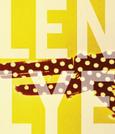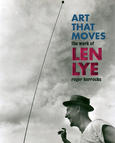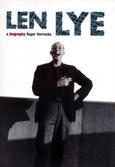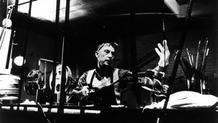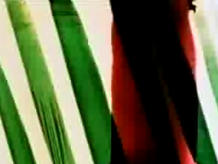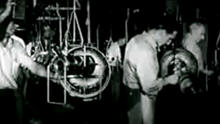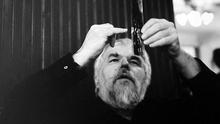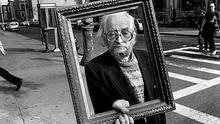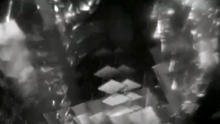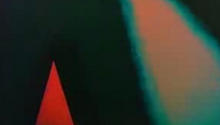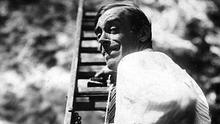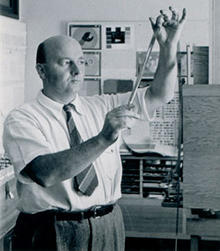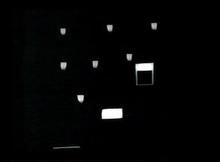Free Radicals
(1958)- In Free Radicals Len Lye used black film stock and scratched designs into the emulsion. The result was a dancing pattern of flashing lines and marks, as dramatic as lightning in the night sky.
In arguably his greatest film, Len Lye reduced the medium to its most basic elements – light in darkness – by scratching designs on black film. His scratches were as energetic as lightning in the night sky. He used a variety of scribers ranging from dental tools to an ancient Native American arrow-head, and synchronized the images to traditional African music ('a field tape of the Bagirmi tribe').
The film won second prize out of 400 entries in an International Experimental Film Competition judged by Man Ray, Norman McLaren, Alexander Alexeieff and others, at the 1958 World's Fair in Brussels. In 1979 Lye further condensed this already very concentrated film by dropping a minute of footage. Stan Brakhage described the final version as "an almost unbelievably immense masterpiece (a brief epic)".
Source: centre for art tapes
